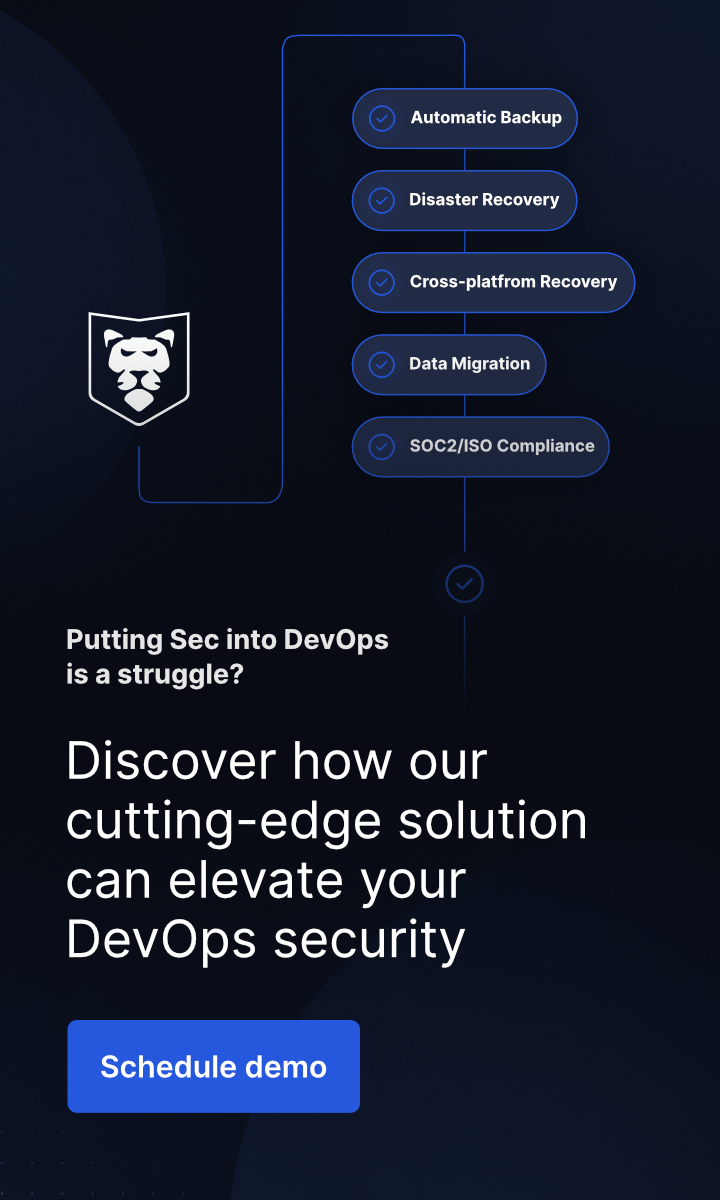
7 Steps to Begin with Data-Driven Performance Management Journey Today
Last Updated on May 8, 2023
This article was written by experts from Amoeboids.
Of all these performances that define the success of an organization’s product, the ones that enable employees are the most important. From optimizing operations to streamlining work and being agile, almost all aspects of growth have their roots in an effective employee performance management system. From leadership aspects to financial metrics, improving performance allows organizations to tweak their strategy and stay competitive in the market.
Performance data gives the leaders of organizations a better picture of how every role impacts how a company operates and contributes to its development. Using data to enhance the performance management process improves the monitoring, analyzing, and optimizing of the approaches to employee growth. Adopting a data-driven performance management process can transform the entire organization and elevate the performances of departments and individual employees.
Managing performance through data
The rise of people analytics is leading to innovation in HR technologies. Integrating AI and machine learning algorithms is taking organizations closer to a fair and rational approach to improving employee performance. Leaders can empower their product managers to unlock the full potential of their team members with data-enabled processes. Here are a few steps that can help kick-start a data-driven performance management practice.
1. Identify the goals
For data-based performance management to work, the data needs to point at something – that something being a goal that aligns teams and individuals. HR executives can work with team leaders to establish these goals and when they indicate success. These goals should be specific and measurable and include objectives and a timeframe. Instead of saying ‘improve the user experience,’ the goal can be to increase the number of users by a specific number or bring up the user interaction time.
2. Establish benchmarks based on the goals.
Managers and HR teams should identify key performance indicators that tell how well the employees are performing to reach their goals. Focusing on metrics that indicate user engagement, like feature requests or positive comments, can show team members how their work is creating a positive impact.
3. Collect the Right Data
At the beginning of the pandemic, with organizations hurrying to move to work from anywhere, 44 zettabytes of data were generated. These data points about employees and their interactions with users and themselves can be relevant for performance management, but managers should focus on important benchmarks. The data should relate to the objective (or goal) and fit in with the product vision.
4. Address data silos in the system
Having up-to-date information is important in performance management, and 95% of businesses feel that data management is an issue. For teams like human resources, dealing with multiple departments can become difficult with data silos. With a performance management tool that allows managers to track and update data in real-time, identifying gaps in execution can be easily handled.
5. Centralized information flow
Having a single source of truth simplifies the actions of managers. Leaders can identify potential roadblocks more quickly and accurately. With a single dashboard that shows project progress updated through Jira tickets, managers can decide where they need to step in and when to let team members take the lead.
6. Generate meaningful reports
A significant disadvantage of data is that there is so much of it; That’s where tools that help visualize important metrics take center stage. With timely-generated graphs, HR personnel can strengthen their case for a new learning program. Managers can also showcase product progress with well-defined roadmaps so that leaders can see the areas that are running smoothly, the areas that can become issues, and the areas that need to be addressed.
7. Optimize strategies to be market-ready
Adjusting the current processes and strategies is the last part of performance management. The information generated by an efficient data-based performance management system helps managers see what’s working well and what areas they need to step into. Based on the data, they can create action plans that optimize the product structure while ensuring continual employee growth.
Improving performance management
A successful performance management framework makes data collection, storage, and analysis simple and accessible across the organization. It gives managers a complete overview of the project and allows them to create personalized growth plans for their team members. HR professionals can also contribute to collective organizational growth by analyzing employee data and understanding future industry trends.







